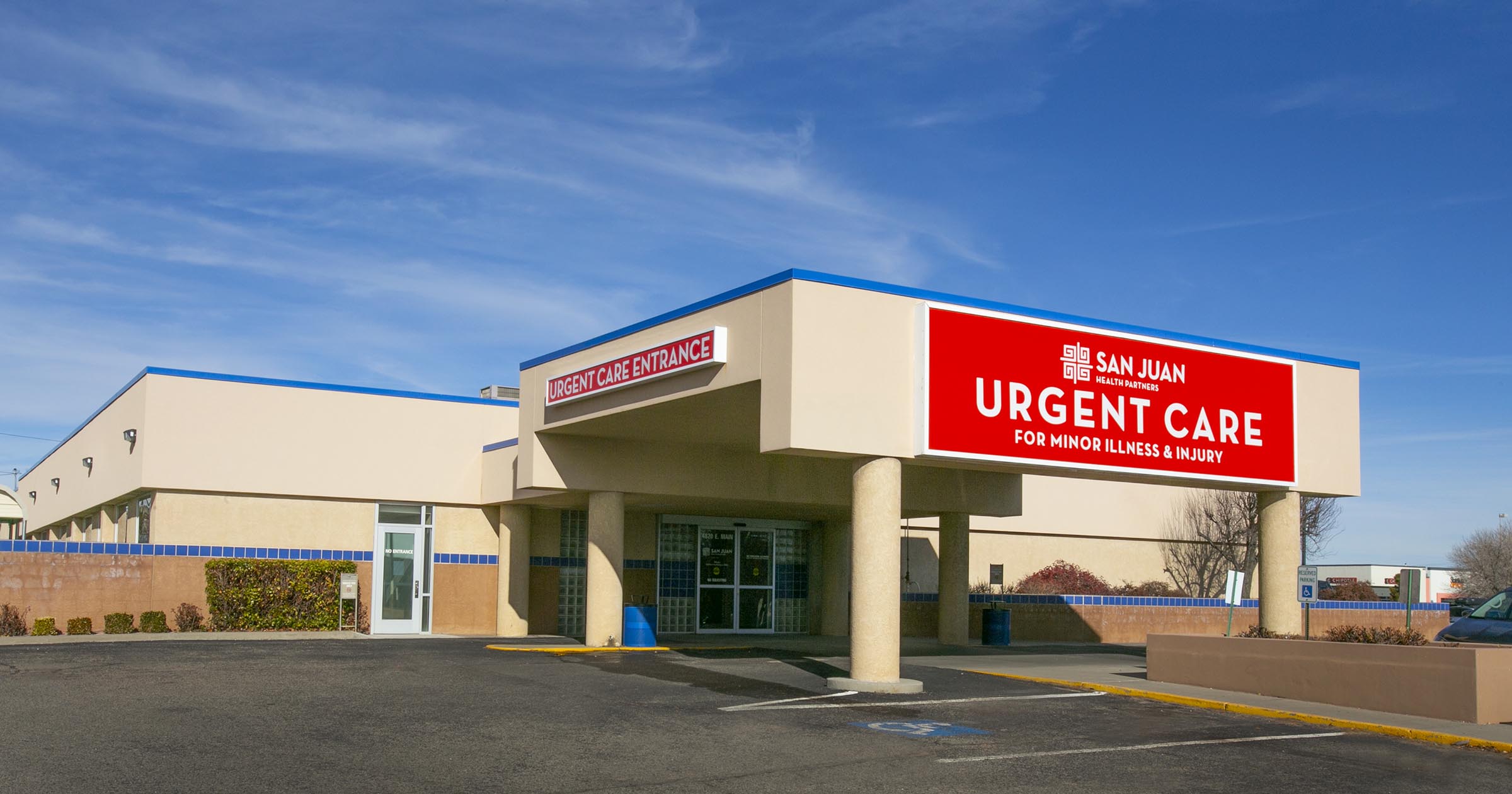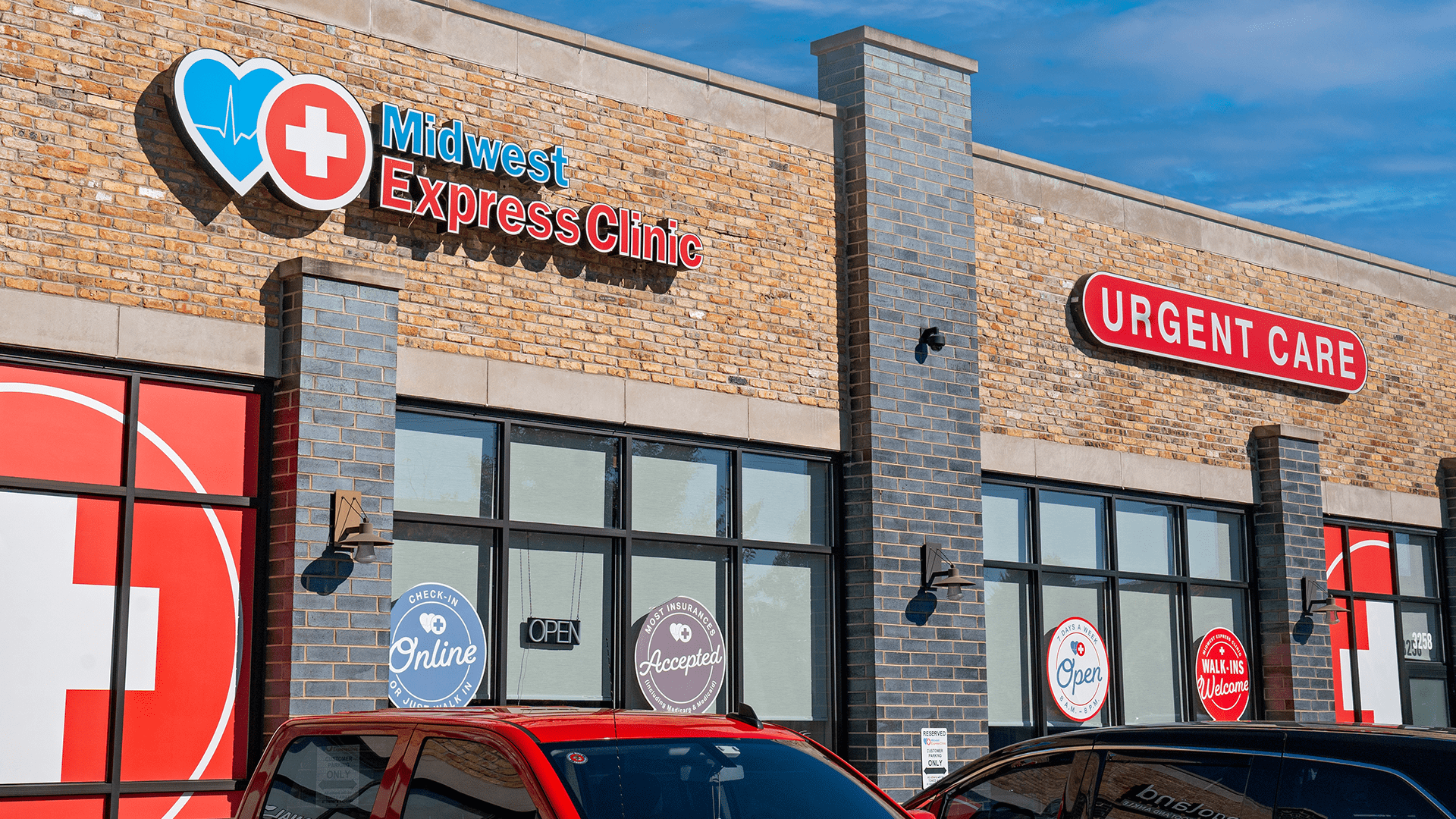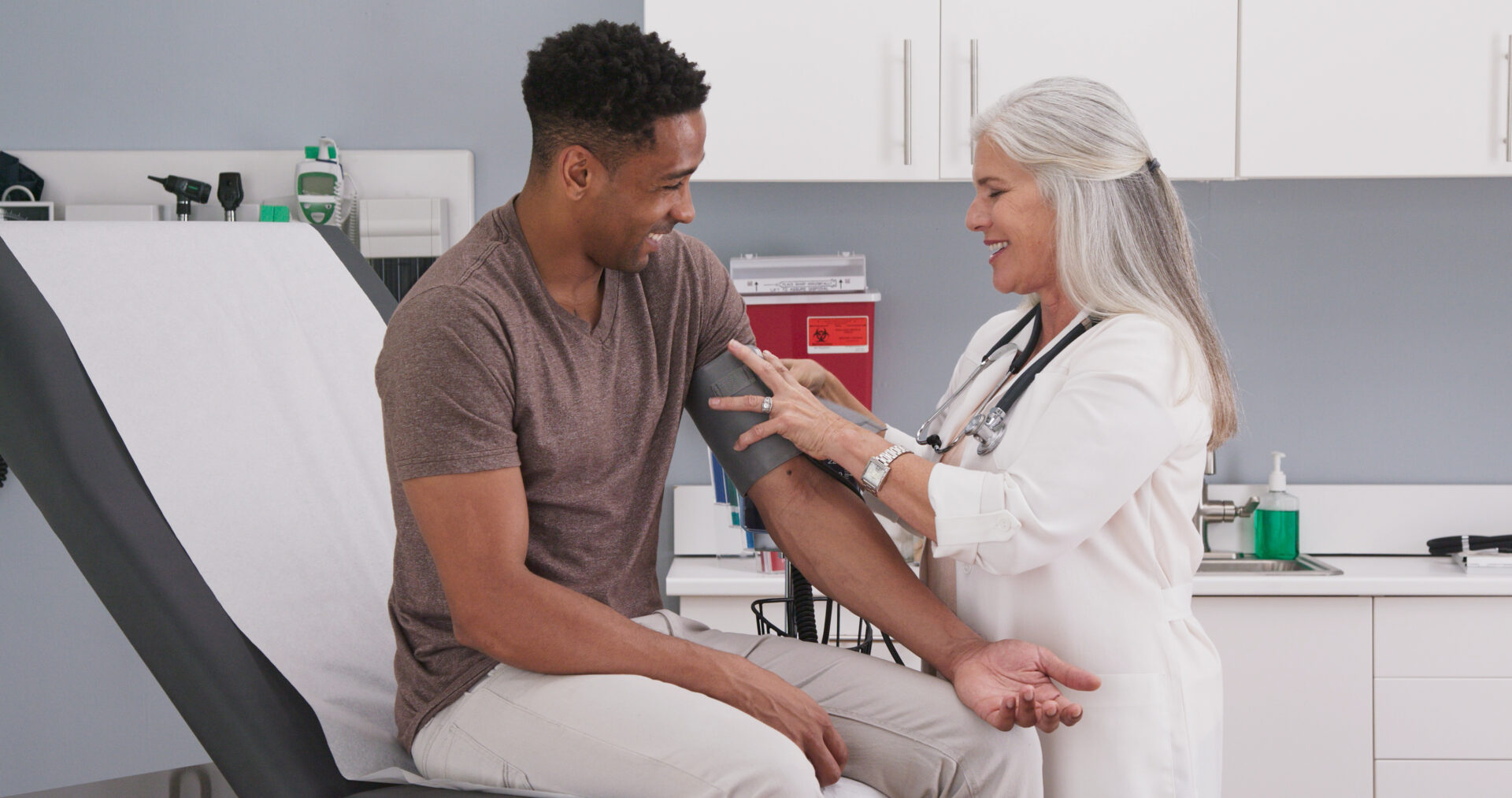The Ultimate Guide to Understanding Urgent Care Clinics
The Ultimate Guide to Understanding Urgent Care Clinics
Blog Article
How Urgent Treatment Clinics Enhance Accessibility to Healthcare for Patients With Immediate but Non-Emergent Medical Requirements
Immediate treatment centers have become an essential element in the medical care landscape, resolving the needs of people that require prompt attention for non-emergent conditions. By running outside of traditional workplace hours and offering a structured strategy to minor injuries and diseases, these centers not only reduce the worry on emergency departments yet additionally improve overall client access to prompt treatment. As we think about the implications of this design, it becomes vital to take a look at exactly how urgent care clinics are changing person experiences and end results in methods that merit additional expedition.
Role of Urgent Treatment Clinics
Urgent treatment clinics play a critical role in the healthcare system by giving instant and easily accessible clinical services for non-life-threatening conditions. These centers function as a crucial bridge between medical care service providers and emergency situation departments, successfully minimizing the concern on healthcare facilities while making certain clients obtain timely care. By running expanded hours, including evenings and weekend breaks, urgent care centers accommodate individuals that might not have the versatility to go to a traditional medical professional's workplace throughout common service hours.
The range of solutions used at immediate care centers consists of therapy for small injuries, illnesses, and analysis solutions such as X-rays and lab tests. This breadth of treatment allows individuals to deal with a selection of health concerns without the long haul times generally connected with emergency clinic. Immediate care facilities usually employ a diverse group of medical care experts, consisting of doctors, registered nurse professionals, and medical professional aides, who are geared up to take care of various medical scenarios.
Benefits of Immediate Gain Access To

In addition, immediate access minimizes the concern on medical care suppliers and emergency divisions by diverting less essential instances to suitable setups. This relieves overcrowding in emergency situation spaces, permitting those with real emergencies to obtain the immediate care they need without unneeded hold-ups.
Additionally, the convenience of extended hours and walk-in availability implies that clients can seek care without the demand for consultations, which is especially valuable for individuals with unpredictable timetables or those who may experience unexpected wellness concerns. - Urgent Care
The accessibility of immediate care centers cultivates a proactive technique to health, encouraging clients to seek medical recommendations and therapy quicker rather than later. This not just enhances individual complete satisfaction however also advertises a culture of precautionary treatment, ultimately leading to much healthier communities.
Comparison With Emergency Rooms
Regularly, clients find themselves not sure whether to visit an urgent treatment clinic or an emergency situation area when encountered with a clinical issue. Immediate treatment clinics are made to attend to non-emergent but instant medical concerns, such as minor injuries, infections, or diseases.
On the other hand, emergency clinic are equipped to manage dangerous situations and serious clinical emergencies, such as cardiovascular disease, strokes, or significant trauma. These centers provide advanced analysis devices and professional examinations, which can result in longer wait times for clients with less critical issues. Generally, emergency clinic have a tendency to be much more costly than immediate care centers, making immediate treatment a more economical choice for non-emergent requirements.
Eventually, while both urgent care clinics and emergency clinic play vital roles in the medical care system, comprehending their respective features allows clients to choose the proper setup based upon the urgency and nature of their clinical issues.
Providers Offered by Urgent Treatment
Urgent treatment centers supply a wide array of solutions customized to attend to non-emergent clinical needs, making them a practical option for patients looking for prompt interest. These centers are equipped to take care of various problems, consisting of small cracks, strains, and lacerations, which require instant care but do not require emergency clinic intervention.
Additionally, urgent care facilities provide diagnostic services such as X-rays and lab examinations, enabling quicker evaluation and treatment of diseases. Individuals commonly present with usual disorders like colds, influenza, and infections, which can be successfully handled on-site. Urgent care facilities often give preventive services, including vaccinations and health testings, adding to overall public health.
An additional key solution supplied is the management of chronic problems exacerbated by acute signs, such as asthma or diabetic issues, making sure patients get prompt care without frustrating emergency navigate here solutions. Many centers additionally expand their hours past typical workplace routines, improving availability for clients that might call for treatment during weekend breaks or nights.
Improving Patient Results

Urgent treatment clinics are equipped to take care of a series of non-emergent medical concerns, consisting of small injuries, infections, and diseases. Their emphasis on available, top notch treatment permits people to receive preventative solutions and appropriate treatments, promoting better health management. These facilities usually use a multidisciplinary strategy, integrating various healthcare professionals to make certain thorough care.
Person education and learning is likewise a key part of boosting results. Urgent treatment suppliers frequently use advice on follow-up treatment, precautionary steps, and way of living alterations, empowering clients to take an energetic role in their health. The combination of immediate gain access to, specialist care, and individual education and learning not only boosts fulfillment however also leads to boosted lasting wellness outcomes, enhancing the worth of immediate care facilities in the medical care continuum.
Conclusion
In summary, immediate care clinics serve an important duty in boosting healthcare access for people with immediate, non-emergent clinical requirements. Inevitably, immediate care centers are essential in connecting the void between main treatment and emergency solutions, making certain reliable and available health care for neighborhoods.
On standard, emergency situation spaces tend to be more pricey than urgent treatment facilities, making immediate treatment an extra cost-effective option for non-emergent requirements. (Urgent Care)

Ultimately, immediate care centers are important in linking the void in between primary care and emergency situation services, making certain efficient and accessible healthcare for areas.
Report this page